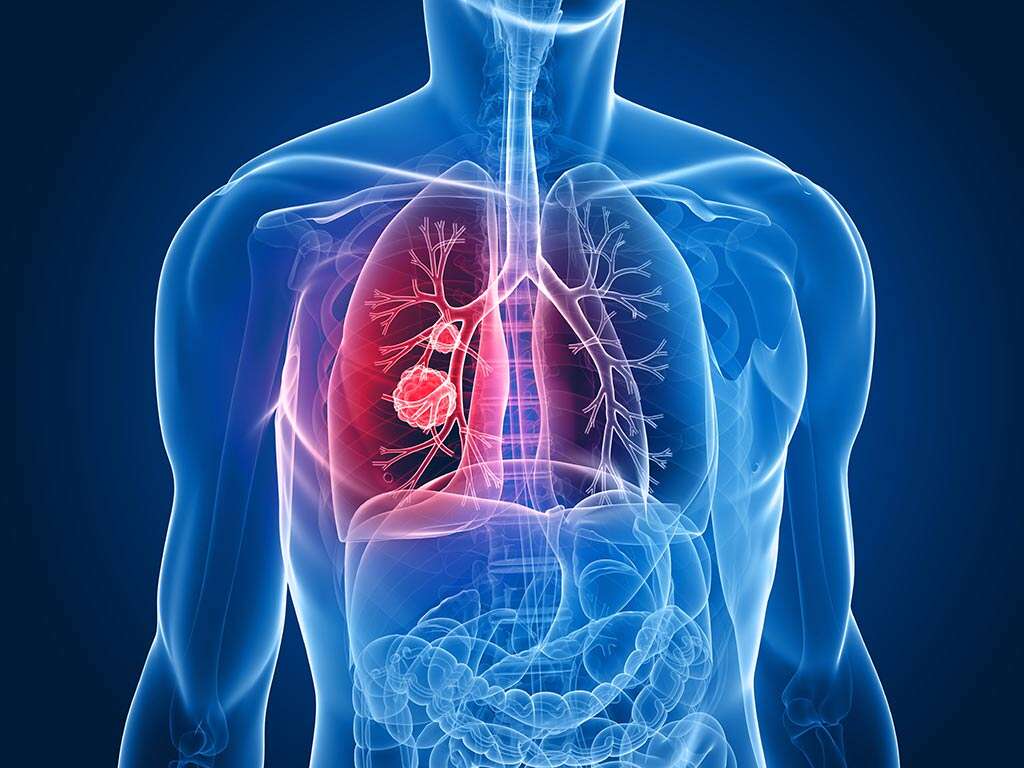10 Acute Bronchitis Symptoms
Bronchitis is a condition characterized by an irritation and inflammation of the lining of the tubes medically known as bronchi, which carry the air we breathe into the lungs. Bronchitis can be either acute or chronic. It can affect anyone at any time in their life.
In most cases, acute bronchitis results from a viral infection such as a common cold or flu, even though bacterial infections can lead to acute bronchitis as well. It tends to resolve on its own within 10 days, even though the cough can persist for weeks after the other signs and symptoms have subsided. On the other hand, chronic bronchitis lasts for months and of course, its signs and symptoms are more severe affecting the quality of life as well.
Acute bronchitis is contagious during the first few days as it is spread through the air when coughing, sneezing, or by direct contact.

Symptom #1: Cough
Cough is a reflex that helps us clear the airways of microbes, irritants, fluids, and mucus. With cough, the air is rapidly expulsed from the lungs together with any foreign particles that can be found in the airway. In cases of acute bronchitis, the bronchial tubes are inflamed and this inflammation leads to excessive secretion of mucus. The mucus within the bronchial tubes normally will lead to irritation and sometimes even to a blocking of the small airways. The human body will respond to this inflammation of the bronchial tubes with cough trying to eliminate the foreign particles from the airways and opening them at the same time.
In cases of acute bronchitis, cough is dry but as the condition progresses it becomes looser and productive. This cough tends to persist for weeks, even after other signs and symptoms resolve.

Symptom #2: Production of Mucus
Inflammation of the bronchial tubes leads to excessive production of mucus. Coughing up mucus, otherwise known as sputum is a sign of severe acute bronchitis. Sputum is usually yellowish-grey or grey-green in color.
In rare cases, sputum may contain traces of blood. This should not be something of concern unless it persists. If it does persist then you should consult your healthcare provider.

Symptom #3: Shortness of Breath
Shortness of breath is another common symptom in cases of acute bronchitis. Shortness of breath is usually accompanied by cough and these two symptoms tend to go hand in hand.
While it is common to experience shortness of breath, it is more noticeable in cases when you are physically active and rapid breathing is required. As the bronchial tubes become inflamed, there will be some mucus and phlegm build-up which will partially block their lumen. When the bronchial tube lumen gets partially blocked shortness of breath will develop.

Symptom #4: Wheezing
Wheezing is a high-pitched whistling sound which occurs when breathing. It is more noticeable when exhaling and in severe cases wheezing is noticeable even when inhaling. This symptom tends to resolve once the infection resolves in mild to moderate cases of acute bronchitis.
In severe cases of acute bronchitis, or when there is a greater possibility of complications, medications are necessary. Bronchodilators are commonly recommended in cases of wheezing because of acute bronchitis until the infection clears, which will help ease the symptoms. Antibiotics are not recommended, unless there is a secondary bacterial infection present or you have an underlying chronic lung problem.

Symptom #5: Chest Discomfort or Pain
Another common symptom of acute bronchitis is chest discomfort and even chest pain. Because of the inflammation of the bronchial tubes, normal breathing will be harder, which means that the lungs and the entire chest need to make more effort in order to provide the body with the necessary amount of oxygen.
Another reason why chest discomfort and pain develop is a persistent cough, which is a characteristic of acute bronchitis. Sore throat is another contributor of chest discomfort and pain.

Symptom #6: Runny and Stuffy Nose
A runny and stuffy nose, otherwise known as nasal congestion, is a common symptom of acute bronchitis. Why does this occur? The inflammation, in cases of acute bronchitis, is accompanied by an excessive production of mucus, helping to trap the virus before reaching to the lungs and causing pneumonia.
How to deal with a runny and stuffy nose? First of all, you should drink plenty of water and get rest. If this won’t solve your problem then an air humidifier can help, which will create some moisture in the air that you are breathing. Moisture air will make your breathing easier, loosening the mucus from the nasal passages and chest. Nasal saline sprays are also of a great help.

Symptom #7: Sore Throat
A sore throat is quite annoying and sometimes even drinking or swallowing saliva becomes very painful. Humidifiers and nasal sprays are also very helpful when dealing with a sore throat.
A sore throat can easily progress from a viral to bacterial infection, which can further complicate the situation and prolong the recovery. It is important to seek medical attention for proper diagnosis and treatment.

Symptom #8: Fever and Chills
Fever and chills are a normal response of the body when fighting an infection. As acute bronchitis usually develops because of a viral infection, fever and chills are common symptoms in such cases. However, these symptoms are common for many other conditions including the common cold.
A low – grade fever is more characteristic of acute bronchitis, while in cases of the flu the temperature tends to get higher.

Symptom #9: Fatigue
Feeling tired is quite normal when you are ill, including when you have acute bronchitis. As the body reallocates most of its energy towards fighting this infection, you will end up feeling tired and sleepy.
Because of the inflammation of the bronchial tubes the lungs and the entire body will not receive enough oxygen, which will just make the situation worse. The best thing you can do is rest and take plenty of fluids. Remember that a proper diagnosis from a medical professional is key to prevent further complications.

Symptom #10: Muscle Aches
Muscle aches are another common symptom that those suffering from acute bronchitis deal with. It is a non-specific symptom that is also common in other fever-associated conditions.
This symptom should go away little after the low-grade fever episodes stop. It is important to rest and to stay hydrated to prevent further complications and to speed up the recovery process.











